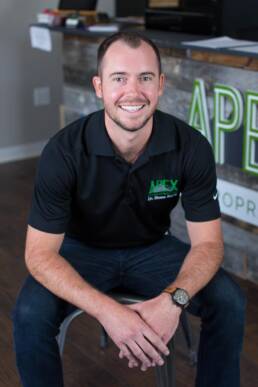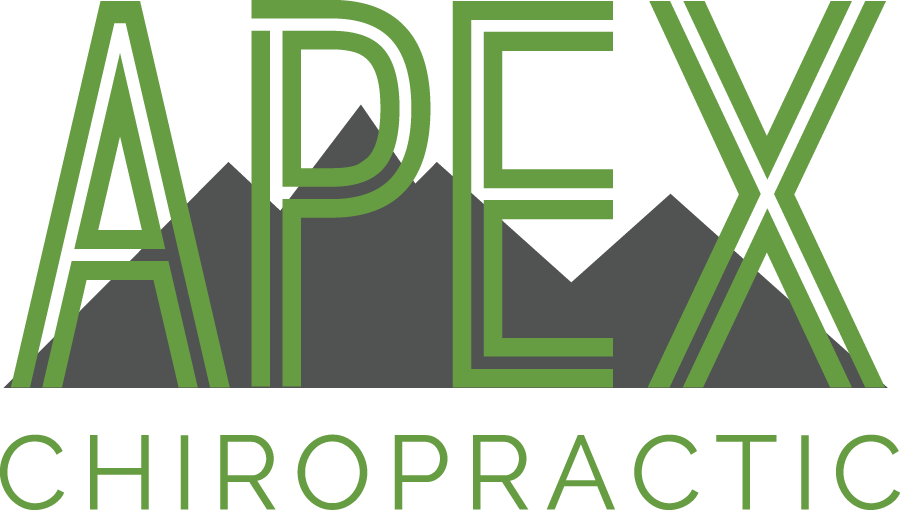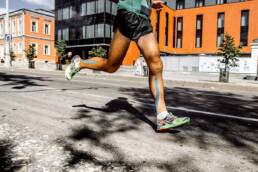In a world where societal standards of beauty and body image are omnipresent, the pursuit of the “ideal” physique has led many to explore various methods of weight loss and body sculpting. Among these methods, CoolSculpting has gained popularity for its promise of non-invasive fat reduction. However, beneath the allure of quick results lies a potential dark side that often goes unspoken – the risk of developing body dysmorphia and the adverse short- and long-term effects that CoolSculpting can bring to the table.
Understanding CoolSculpting: A Quick Fix with Consequences
CoolSculpting, also known as cryolipolysis, is marketed as a non-invasive alternative to surgical procedures like liposuction. The technique involves freezing targeted fat cells in an attempt to induce their death, which the body then eliminates over time. The appeal of CoolSculpting lies in its promise of reducing localized fat pockets without surgery, anesthesia, or downtime.
However, beneath this seemingly simple solution lies a complex web of psychological and physiological factors that need to be considered.
The Risk of Body Dysmorphia: When Perception Turns Toxic
Body dysmorphia is a psychological condition characterized by an obsessive focus on perceived flaws or imperfections in one’s appearance. It can lead to extreme distress, anxiety, and a distorted self-image. While CoolSculpting offers a way to target specific areas of the body, it also runs the risk of intensifying body dysmorphia tendencies.
The very act of undergoing CoolSculpting implies a dissatisfaction with one’s current appearance, which can exacerbate negative self-perception. Moreover, if the desired results aren’t achieved or if the surrounding areas appear disproportionate after treatment, it can lead to heightened feelings of dissatisfaction and body dysmorphia.
The Adverse Short-Term Effects: More Than Meets the Eye
CoolSculpting may promise a quick fix, but it comes with its share of potential short-term adverse effects:
- Pain and Discomfort: CoolSculpting can lead to discomfort during and after the procedure. Individuals often experience sensations of pulling, tugging, or mild pinching, which can be psychologically distressing.
- Swelling and Bruising: Swelling and bruising are common side effects of CoolSculpting. While these may subside over time, they can contribute to short-term dissatisfaction with one’s appearance.
- Numbness: Numbness in the treated area can occur and may last for several weeks. This sensation can be unsettling and contribute to heightened anxiety.
The Adverse Long-Term Effects: A Disrupted Balance
Beyond the immediate aftermath, CoolSculpting can have long-term consequences that disrupt the body’s natural balance:
- Fat Redistribution: The body is a complex system, and when fat is removed or destroyed in one area, it can lead to fat redistribution in other areas. This can result in an unintended and disproportionate appearance.
- Loss of Subcutaneous Fat: Subcutaneous fat, the layer of fat beneath the skin, serves important functions, including insulation and protection. CoolSculpting’s targeted fat reduction can lead to a loss of this vital fat layer, potentially affecting the skin’s texture and overall appearance.
- Psychological Impact: The psychological toll of CoolSculpting’s short-term and long-term effects cannot be underestimated. The anxiety, stress, and dissatisfaction stemming from unexpected results or changes in appearance can contribute to a negative body image and even more profound body dysmorphia.
A Holistic Approach to Wellness: Prioritizing Mental and Physical Health
It is crucial to recognize that the journey towards a healthier and more confident self should encompass not only physical well-being but also mental and emotional wellness. While CoolSculpting may offer a quick fix for fat reduction, it can come at the cost of mental well-being and long-term bodily harmony.
When considering any form of weight loss or body sculpting, it is essential to take a holistic approach that encompasses:
- Realistic Expectations: Understand that no procedure, whether surgical or non-invasive, can guarantee perfection. Embrace your body’s uniqueness and focus on achieving a healthy and balanced lifestyle.
- Consultation: Prior to undergoing any procedure, consult with a healthcare professional to discuss your goals, expectations, and potential risks. A thorough understanding of the procedure’s implications can help you make an informed decision.
- Healthy Lifestyle: The foundation of sustainable weight loss and body confidence lies in a balanced diet and regular exercise. Cultivate habits that support overall well-being rather than focusing solely on spot reduction.
- Mental Health Support: If you find yourself struggling with body dysmorphia or negative self-perception, seek the support of mental health professionals. Therapy can help you navigate the complex emotions surrounding body image and self-esteem.
Conclusion: A Balanced Perspective on Beauty and Well-Being
CoolSculpting, while offering a seemingly convenient solution for targeted fat reduction, comes with significant risks that extend beyond physical appearance. The potential for body dysmorphia, short-term discomfort, and long-term disruption to the body’s equilibrium underscores the importance of approaching weight loss and body sculpting with caution.
Embracing a holistic approach to wellness – one that prioritizes mental and physical health, celebrates individuality, and cultivates self-love – is a path that leads to lasting well-being and a positive self-image. Remember, true beauty lies in embracing your uniqueness and nurturing your body and mind in ways that promote a healthy and balanced life.
Apex Chiropractic in Louisville, Colorado is a huge advoate of Red Light therapy for weight loss as the safest, most effective and long term approach to sculpting the body. Get in touch with us today to learn about red light body sculpting near you!

Ready to See the Best Chiropractor in Louisville, CO?
Apex Chiropractic believes in thriving through life, not suffering in it. We believe that the activities that we want to partake in do not only desire but are necessary, just as necessary as our daily activities. In order to thrive in life and not suffer, we have to be completely in tune with our bodies. Schedule your appointment with us, today.
Like this article? Spread the word!
Related Posts
December 13, 2023
Shaping the Future: Understanding Laser Liposuction as a Healthy Path to Fat Loss
Discover the future of fat loss with laser liposuction! Explore how this innovative…
September 1, 2023
Accelerating Recovery: The Superiority of Medical-Grade Red Light Therapy for Muscle Recovery
Discover the unmatched benefits of medical-grade red light therapy for muscle recovery.…
September 1, 2023
Rediscovering Radiance: Red Light Therapy for Skin Rejuvenation vs. Other Alternatives
Explore the rejuvenating power of Red Light Therapy and compare it to other skin…





